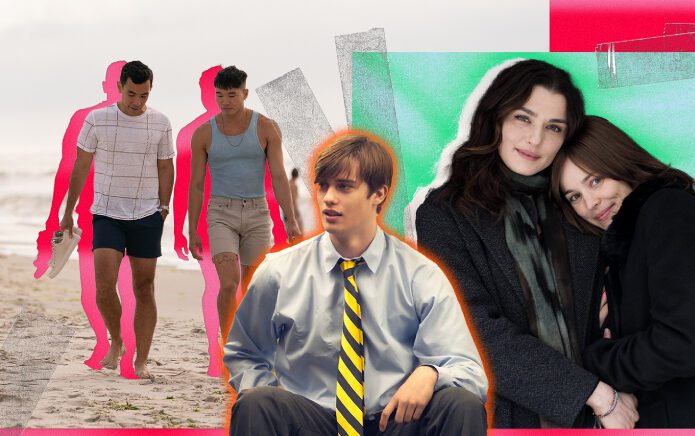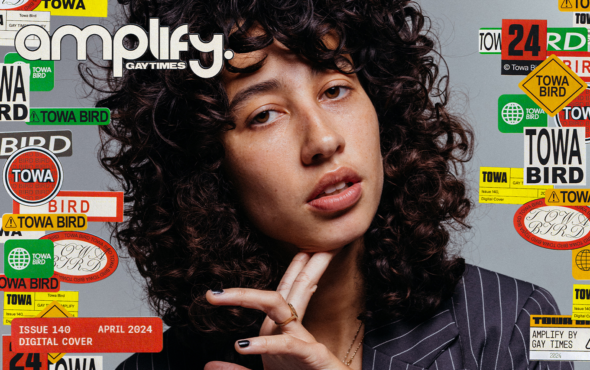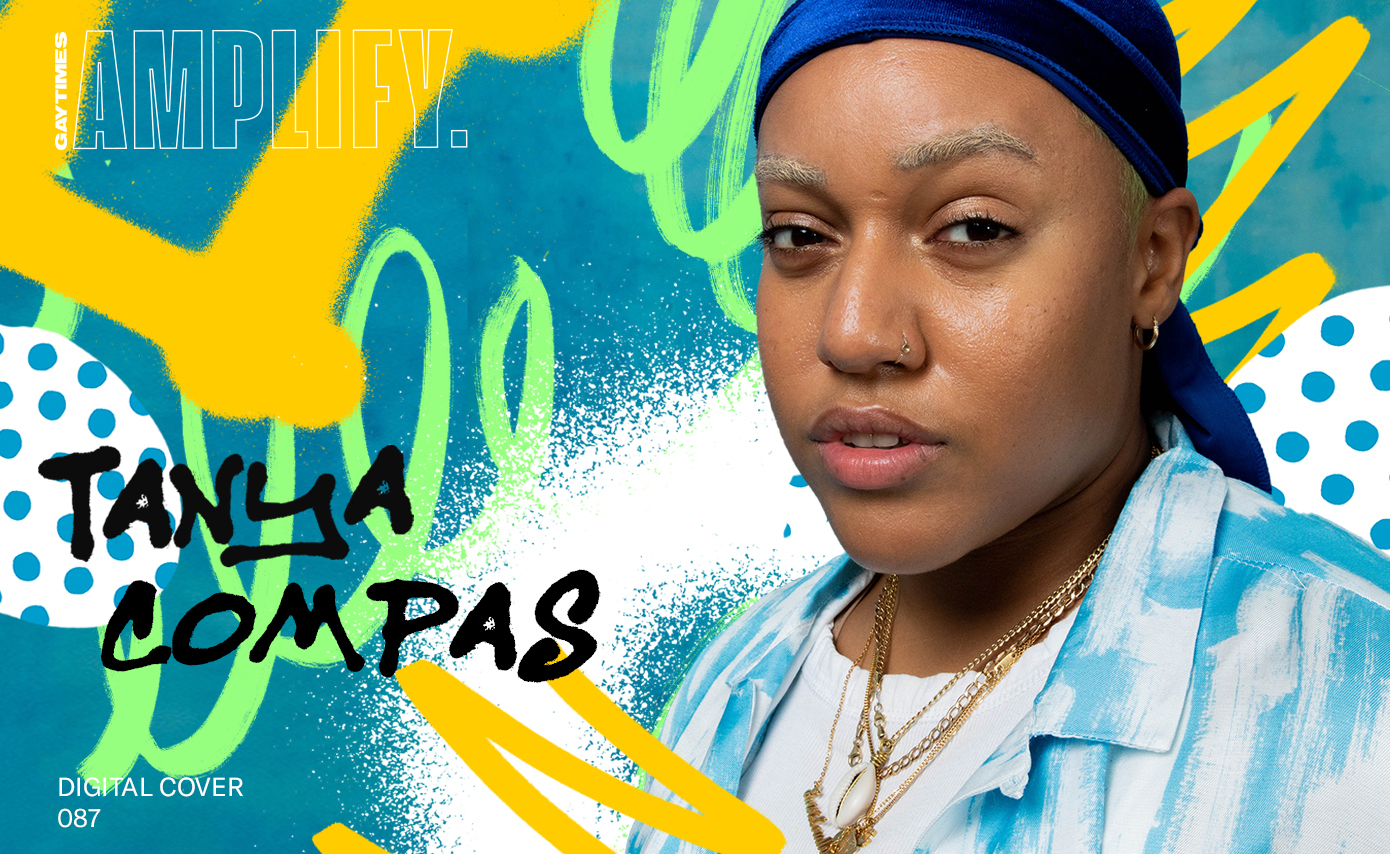
Tanya Compas introduces herself as a youth worker, but she’s become much more than that. The 28-year-old has become a symbol of dynamic, powerful grassroot change; change that has been long overdue. Sat in a vibrantly queer North London studio, Tanya opens up to GAY TIMES about her frustrations with performative activism, the barriers Black LGBTQ+ people face, and how we can all champion minority voices.
“I’ve worked in the charity sector with young people for the past seven years now. I’ve also been using social media to share things that bring me a greater understanding of life, sexuality, gender, and myself,” Tanya begins. “It was from working with young people that I really began to recognise myself. It was then that I realised that I’m not straight, but I’m queer.” Through her work with LGBTQ+ youth, Tanya admits she became more self-aware of her own identity. “I’ve been out for a couple of years now and I moved back to my family home and I didn’t quite realise what moving home would mean. It was the first time I was living at home as a queer person,” she explains. “It’s one thing knowing I’m queer and being very separate from my family’s lives, versus me being queer and bringing a girl to stay in my bed. It was hard for my family to know how to be an ally and advocate for me when other family members would make comments.” The household tension reached a boiling point and Tanya was left homeless. “That whole period was awful,” she reflects. “During that time, I applied to work at an LGBTQ+ youth organisation and, from that point, it shifted a lot of what I do. I come from a place of privilege as my friends have their own flats or spaces where I could stay. By working in that charity, I was able to see the invisible face of young people that we don’t normally see.”
Much of Tanya’s outlook is shaped by empathy, self-acceptance and accessibility, which is why we chose to recognise the activist with the GAY TIMES Honour of Future Fighter. Holding these principles close to her, the youth worker is overtly conscious of how she utilises her social media capital. That said, she holds her ground in disliking the term “influencer”. “I try to use my social platform for social good, which has culminated into the Exists Loudly Fund,” she tells GAY TIMES. “It all came together following the resurgence of Black Lives Matter. I decided to launch a crowd funder to raise £10,000 to cover the costs of workshops because I was wanting to do something more sustainable and long-term for young queer Black young people.” To her surprise, the crowd funder was inundated with donations and hit an incredible £50,000 in 24-hours, which later rocketed to £110,000 by the end of the month. Tanya decided to use the bulk of donations as an opportunity to support other services. “We gave £58,000 to Colour Youth Network, Gendered Intelligence and a few other places. They were all places I’ve worked with and they specifically created spaces for Black and POC young people,” she says. “It was imperative for me to share it with other organisations who have already been doing the work longer than I have and pay homage to them by making a collaborative community. We’re all working towards helping solve a social issue, but if you’re in competition with each other, you’re not going to solve anything.”
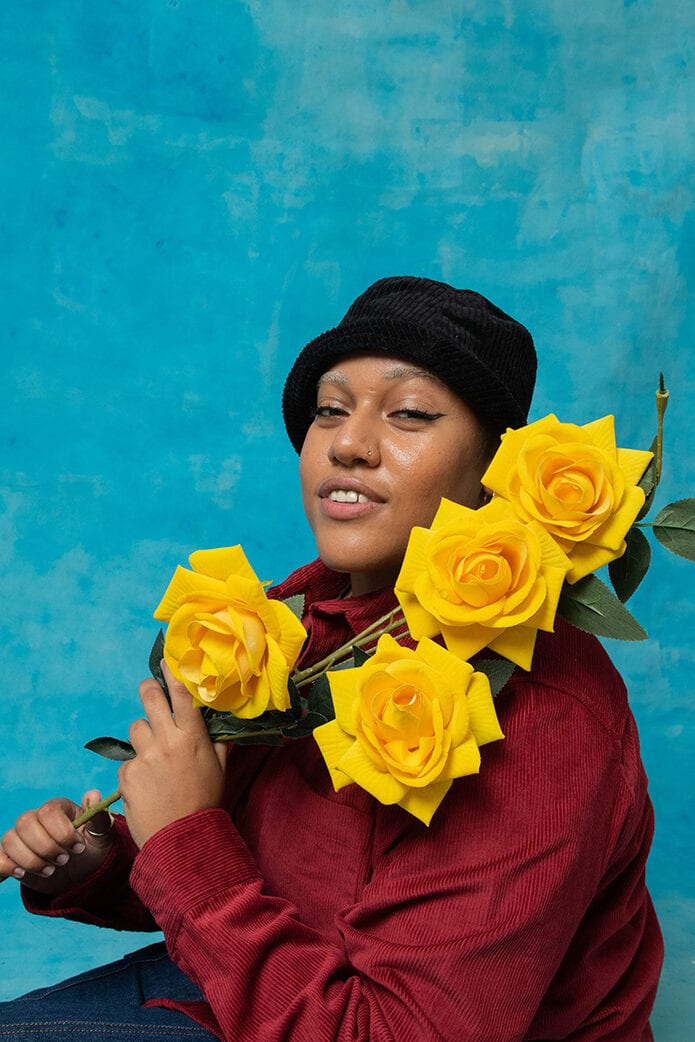
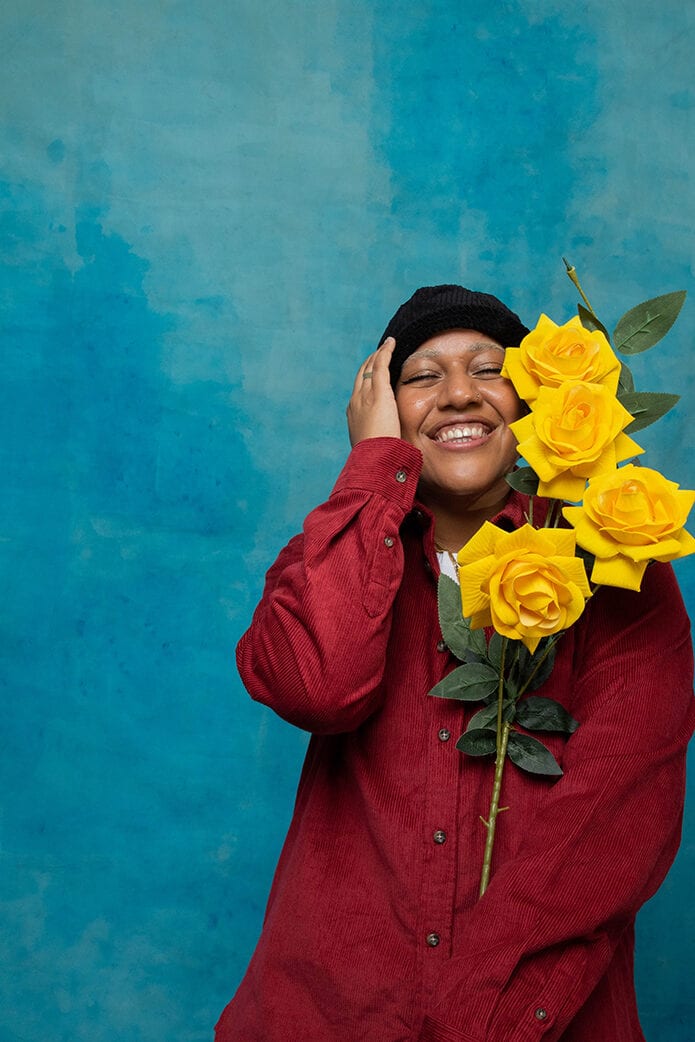
Although COVID-19 has taken over the majority of 2020, it has struggled to slow down Tanya’s progress as a figurehead of Black LGBTQ+ activism. “Next on my list is the Exists Loudly Fund. We just had a Queer Cuts event where we paid two Black barbers to come and cut the hair of 16 young queer Black people. We’ve got a coat drive coming up in November, and then Queer Black Christmas also coming up in December,” she outlines. “Queer Black Christmas was my baby! We started it last year and it was one of the first crowdfunding things I did. It brought together 30 queer Black young people from across the UK for a day of Christmas celebration where we prioritise those who are experiencing homelessness, those living in temporary accommodation, or those who have lived in a hostile family environment. We give them a space for them to exist without having to police themselves on how much of their Blackness or queerness they show, but now we’ve got to see how we’ll work around COVID-19.”
Speaking of next steps, Tanya has paid a lot of thought to how her personal politics and organisations have progressed. “I think I’ve become more radical in the way that I work with Black young people. I’m more radical in my choices to solely focus upon spaces of joy and humility,” she explains. “A lot of the organisations I work with help young people with all this stuff that’s going on, whether it’s homelessness, domestic violence, or being outed. Whatever it may be, they’re helping when kids are in peak trouble. From there, you can get a young homeless person into secure housing, but now that young person doesn’t know how to live alone or how to find the community, which means they could put themselves into positions that are quite detrimental to themselves.”
Bridging these educational and cultural gaps in youth and charity work is vital for Tanya as she hopes it’ll embolden the independence of at-risk kids. Part of this is ensuring there’s a concentrated focus on vulnerable LGBTQ+ Black youth that doesn’t just occur during Pride. “We see a lot of our events siphoned into the one or two months around Pride season. Some young people don’t have any access to community outside of Pride season which made me realise it’s important for me to do my work. I empathise a lot and have a lot of compassion for queer Black young people. I know I have a position of privilege being light skinned. It just means I will advocate for them when they can’t advocate for themselves. That’s what I realised when I was homeless, I tried reaching out to certain homeless charities having to beg for help or support and it’s so dehumanising. If I can do that for a young person and take that off their back, then I will, because it’s what pushes me. There are always people that aren’t visible and it’s so important to look for those that we don’t see, who are unable to be public, and are so tired from fighting all the injustice as LGBTQ+ and Black or as young people in general. If I can bring them joy, whether that’s giving a haircut, giving them a winter coat, or giving them a Christmas dinner then I’ll do it.”
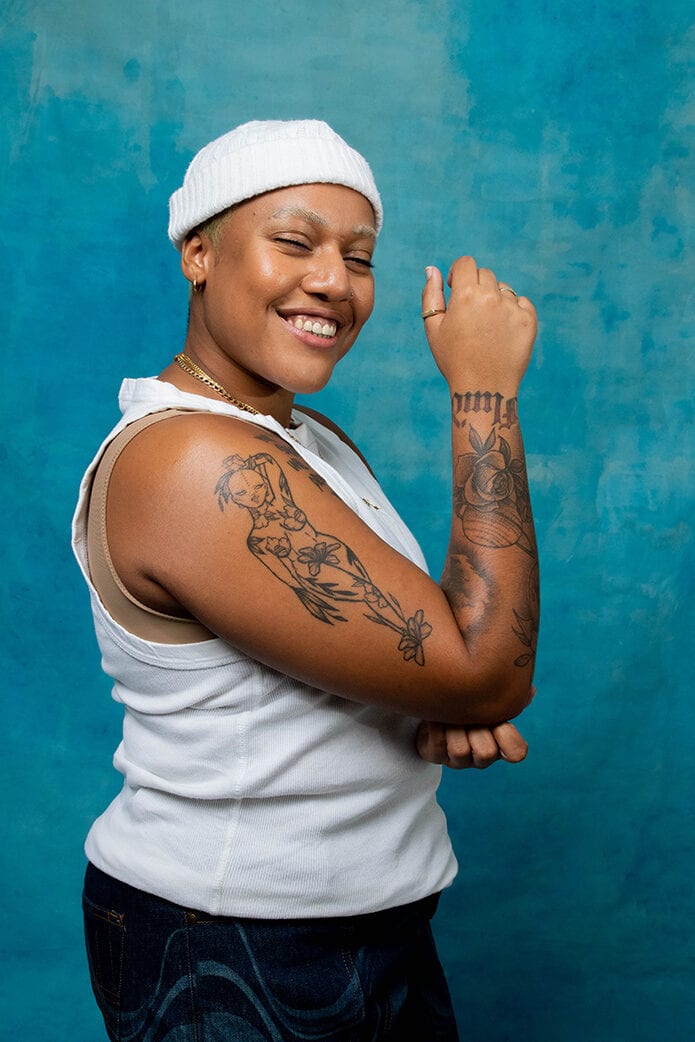
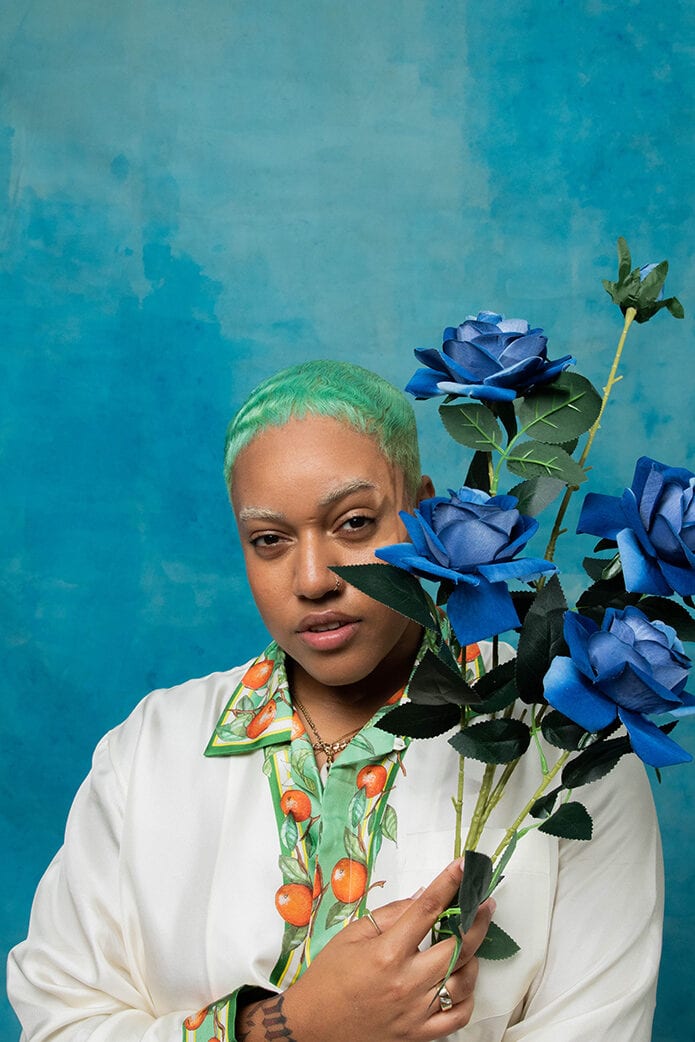
Tanya’s determination to be a constructive outlet for Black LGBTQ+ youth is admirable, but the youth worker is mindful of how she portrays herself. The 28-year-old makes it abundantly clear she is not striving to build a safe space, but an accessible one. “People label themselves as a space without actually doing the work to create a safe space. Often, we say we’re creating a safe space, but in reality, you make sure it’s safe for you and assume it’s safe for everybody else,” she explains. “It may not always be done maliciously, but we always look to ourselves first and then people afterwards, so we all need to listen to other people around us. We shouldn’t look to create safe spaces; we should look to make things accessible and as safe as possible. We can never say it’s a safe space, because it may not be safe for everybody and that’s the reality of it.” Speaking her intentions into existence, Tanya put theory into practice earlier this year with Queer Cuts. “When I did a Queer Cuts event I was paying for young people’s travel. So, I said you don’t have to pay for your travel, because you can have all these events and make them free, but if you’re traveling across London it costs a lot and that could be their food money for the week,” she says. “It’s looking at the barriers around young people accessing these subspaces and that includes looking into how you can make spaces more accessible for those who are neurodivergent, it’s looking at who needs to use wheelchairs or learning to make my social media as accessible as possible by using subtitles.”
However, Tanya’s plan for accessibility doesn’t stop there, in fact she’s incorporating it further into her work, starting with an online Exists Loudly series which includes sign language. “I’m currently looking to find a queer Black person that does sign language and I’m learning sign language myself too. There’s always more you can do, and it takes a lot of self-education. It takes a lot of listening, reading and not waiting for others to tell you where you’ve been going wrong, instead, you’re actively pursuing what you can do. For us, that may mean hiring trans people to make sure our language is trans inclusive, or hiring people who are disabled, dyslexic, or are neurodivergent to ask them for their input and ideas,” she elaborates. “Sometimes people’s egos get hurt when they do something for a good reason and if they get called out, they say they’re trying to do it to help, but you can always do better. If people want to create safe spaces, they have to lose that ego and question why you are here in the first place. I’ve been called out before and they told me that we don’t use the right language. I was grateful because nobody has to give us their labour to email. They could have just cussed us off to their friends and said our projects are not a trans inclusive space, but they didn’t, and I’ve never made that mistake again. They took time to let me know, because they expected better for me. I was very lucky to have that experience, but I shouldn’t have to wait for somebody to tell me that I’m doing it wrong, which is that I was actively pursuing funds to pay people for consultation.”
While mistakes do happen, the youth worker is open to experiences and has a willingness to learn. “I’m only 28, but I’m not living in the age group of young people that I’m working with. As young as I like to say I am, things are much different now. So, I had to learn from young people what they need, what issues they’re facing and what can be done better. We didn’t realise how much we need to do because the research doesn’t exist,” she tells GAY TIMES. “Through this research, I’m going to learn what it means to create a space that serves young queer Black people properly. It’s important for me to pay young people to let them know that I value what you’re saying, and it shouldn’t be done for free. It always goes back to money; you need funding partners and you need people that believe in your plans. There are so many organisations that have a monopoly on LGBTQ+ funding and then grassroot organisations have to fend for themselves, especially when you are working with Black, POC, or Muslim people. So, for us, it means we go to social media and GoFundMe to raise money to do our work. There’s so many layers to it and I think it all comes back to listening, educating and figuring out why you want to help people.”
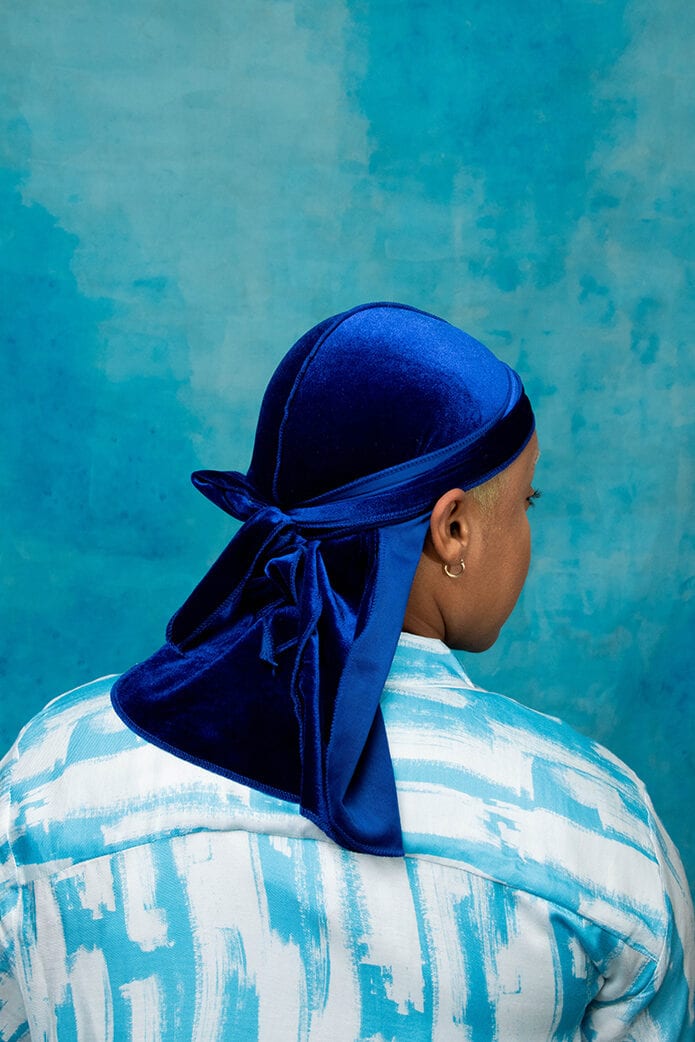
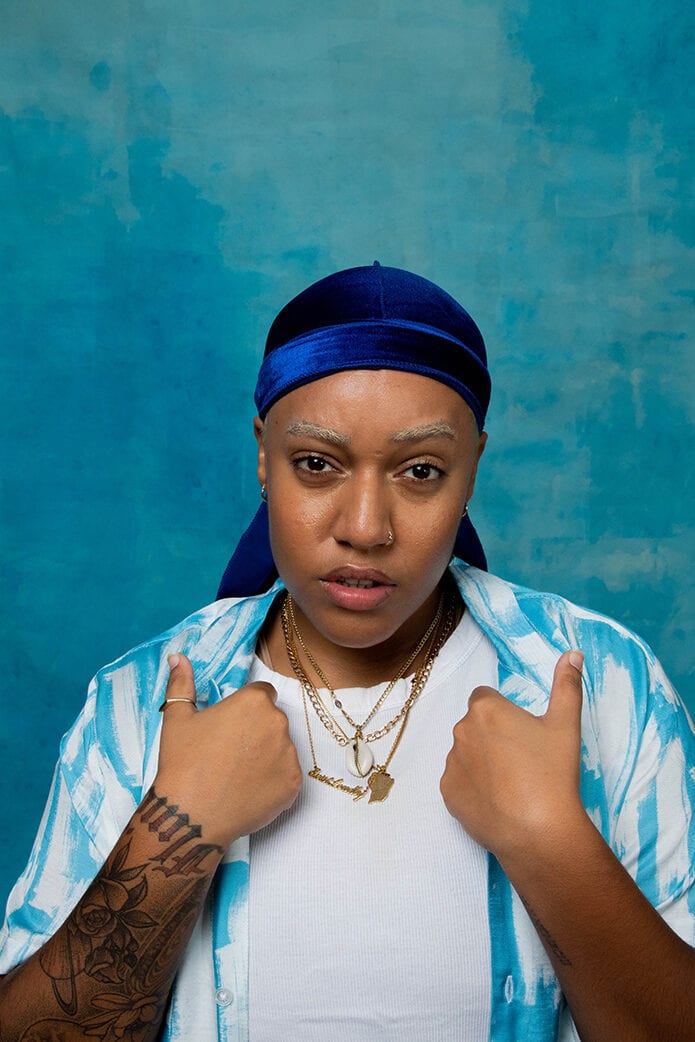
As Tanya’s organisations and funds have benefitted from a fresh resurgence of interest around Black Lives Matter, the activism is growing of tokenistic actions. “Many of the people that posted the black squares and were committed to supporting Black people and Black organisations all dried up. It’s November and people have already forgotten. People are supposed to be supportive of Black Lives Matter, but they’re only willing to support Black lives if they look a certain way. You see what’s happening in Nigeria with SARS protests, but supporters are saying we’ll only support British Black Lives, if that. They say we support Black lives, but it’s always with conditions,” she says. “You look at Patrick Hutchinson, the man that carried the white racist man on his back and he’s been paraded around as this star activist and all he did was carry a racist man. Why are we focusing on the Black man that saved him rather than an ex-police officer who was at a racist anti-Black Lives Matter rally? Now the story is on the Black saviour and you see it in every magazine and Patrick is being used to fulfil this narrative.”
Tanya agrees that these preconceived media narratives can be suffocating and detrimental to the image of Black individuals. “We’re always put in a box. If my dark skinned siblings say something vocally, they’re immediately deemed as a threat. No matter how much rage I have, people are going to find me more palatable because I’m light skinned. I’ve got to take in my own privilege when advocating for Black lives. Everyone is open to be challenged, but not everyone is open to be critiqued, because they don’t see value in it. They only see value in something if there’s a potential to make money. A lot of places want to be seen as woke, but now I exist as a content creator alongside having an organisation, I can request support and it works. With Queer Cuts and our coat drive, a lot of places were really into it. There are people in organisations changing things, but if you look at trustee boards in general, they’re all old white people and that’s the reason why nothing’s being challenged or changed.”
With Tanya Compas at the helm, change is most definitely on the horizon, but it doesn’t end there. Gone are the days of relying on activists or waiting to be educated, now it’s time to assert your own agency. So, we ask the GAY TIMES Future Fighter for some quickfire advice on how to support Black and Brown voices. Without missing a beat, the youth worker has an answer ready to go. “If you want to support queer Black and Brown people, you should be ready to learn,” she says firmly. “Listen to Travis Alabanza, Kai Isaiah-Jamal, Chloe Filani, and Paula Akpan. They are voices that are so important. Listen to them, learn from them, and read their articles. Jason Okundaye does a lot around Black gay Britain. It’s also about looking and learning from organisations that are doing the work like Colours Youth Network, who work with young queer POC people. Misery Party holds sober spaces for queer Black and POC people. Exist Loudly goes without saying. AZ Mag is an LGBTQ+ organization that platforms Black and POC voices too.”
Names aside, Tanya has a more determined statement to verbalise; the youth worker isn’t here for half-efforts. “You also need to put your money where your mouth is and donate. Not just to organizations and crowdfunding, but to young people who are crowdfunding and trans people in particular for top surgery, or access to safe housing. Even if it’s a couple of quid because that’s what you’d normally put towards a coffee and it goes a long way.” The tolerance surrounding digital activism and virtue signalling are gone. As Tanya puts it, you need to question your core intentions. “It also comes down to why you want to support Black and POC people. Think about how you can help, whether that’s money, resources, or if you can voluntarily offer your time to any organisations. It all comes back to educating yourself first and foremost. Others shouldn’t have to teach you how to help. I really like when people come with a culturally educated approach, because there’s so many places you can support.”
